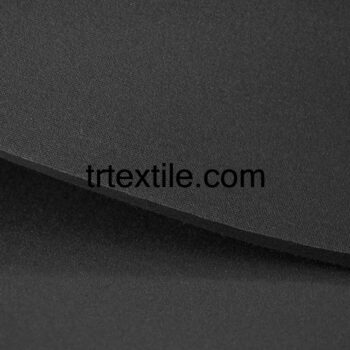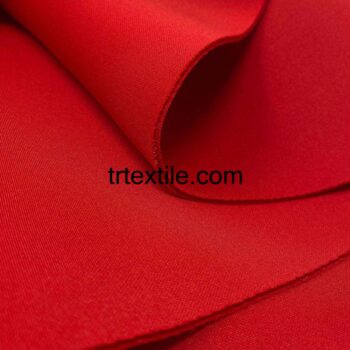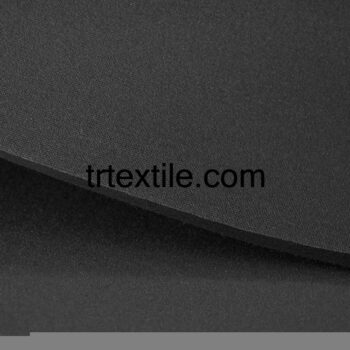-
2mm black neoprene fabric
$24,00Original price was: $24,00.$22,00Current price is: $22,00. -
3mm black blue neoprene fabric
$24,00Original price was: $24,00.$22,00Current price is: $22,00. -
3mm black neoprene fabric
$24,00Original price was: $24,00.$22,00Current price is: $22,00. -
3mm blue neoprene fabric
$24,00Original price was: $24,00.$22,00Current price is: $22,00. -
3mm ecru neoprene fabric
$24,00Original price was: $24,00.$22,00Current price is: $22,00. -
3mm navy blue neoprene fabric
$24,00Original price was: $24,00.$22,00Current price is: $22,00. -
3mm red neoprene fabric
$24,00Original price was: $24,00.$22,00Current price is: $22,00. -
5mm black blue neoprene fabric
$24,00Original price was: $24,00.$22,00Current price is: $22,00. -
5mm black neoprene fabric
$24,00Original price was: $24,00.$22,00Current price is: $22,00. -
5mm black red neoprene fabric
$24,00Original price was: $24,00.$22,00Current price is: $22,00. -
6mm black blue neoprene fabric
$24,00Original price was: $24,00.$22,00Current price is: $22,00. -
6mm black neoprene fabric
$24,00Original price was: $24,00.$22,00Current price is: $22,00.
Neoprene fabrics are a type of synthetic rubber material that is known for its versatility, durability, and resistance to a wide range of environmental conditions. Originally developed in the 1930s, neoprene has become a popular choice for a variety of applications, from wetsuits and sportswear to industrial gaskets and automotive components.
One of the key features of neoprene fabrics is their ability to provide excellent insulation and protection against extreme temperatures. This makes them ideal for use in wetsuits, where they help to keep the body warm in cold water and protect against abrasions and cuts. Neoprene fabrics are also commonly used in the construction of diving suits, as they provide buoyancy and help to reduce drag in the water.
In addition to their thermal properties, neoprene fabrics are also resistant to oil, chemicals, and sunlight, making them a durable choice for a wide range of industrial applications. They are often used in the production of gaskets, seals, and hoses, where they provide a reliable barrier against leaks and contamination. Neoprene fabrics are also commonly used in the automotive industry, where they are used to manufacture components such as weather seals, engine mounts, and vibration dampers.
Neoprene fabrics are also popular in the world of fashion and sportswear, where they are used to create a wide range of garments and accessories. Neoprene’s stretchy and form-fitting properties make it an ideal choice for items such as leggings, bodysuits, and swimwear, while its resistance to water and abrasion make it a popular choice for sports equipment such as gloves, knee pads, and elbow pads.
One of the key advantages of neoprene fabrics is their ability to be easily molded and shaped into a variety of forms. This makes them a versatile choice for manufacturers looking to create custom-designed components for a wide range of applications. Neoprene can be easily cut, sewn, and glued together, allowing for the creation of complex shapes and structures.
Despite their many advantages, neoprene fabrics do have some limitations. They are not as breathable as natural fabrics such as cotton or wool, which can make them uncomfortable to wear in hot and humid conditions. Neoprene fabrics also tend to be heavier and bulkier than other materials, which can make them less suitable for use in lightweight or form-fitting garments.
Overall, neoprene fabrics are a versatile and durable material that is widely used in a variety of industries and applications. From wetsuits and diving equipment to industrial gaskets and fashion garments, neoprene fabrics continue to be a popular choice for manufacturers looking for a reliable and versatile material.











